3 X BRANDS DOUBLING DOWN ON AR
It’s fair to say nothing feels quite ‘real’ at the moment. As we continue to adjust to the new normal, our physical and virtual worlds are intersecting more than ever – and the opportunities presented by augmented reality are growing. LOVE.’s Head of Immersive, George Bennett, takes a look at three brands doubling down on their AR efforts.
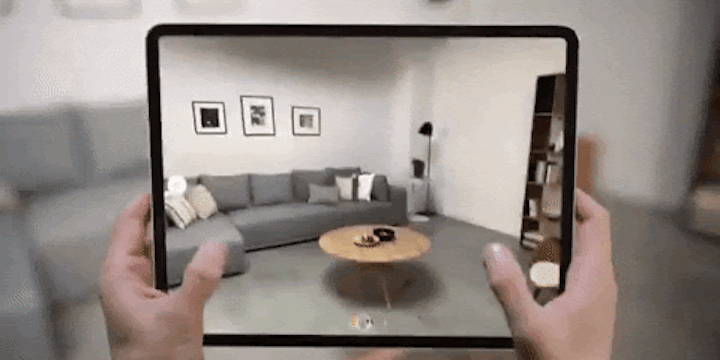
1. WEB-BASED AR & BURBERRY
Google recently launched browser-based AR (as part of WebXR), removing the requirement for a standalone app to access AR content, which had previously been a barrier for consumers.
One of the first examples of the tech in use was Google Animals, which allows you to launch an AR view of about 30 different animals directly from your browser. They even come with sound and animation to bring them to life. (We recommend the tiger for all the Joe Exotic fans/Carole Baskin haters out there.)
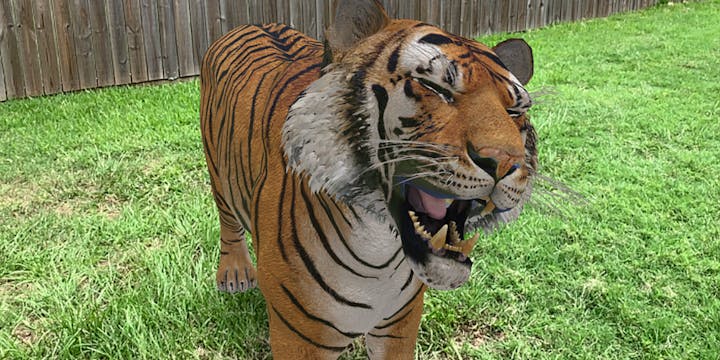
Image Credit: Google
But this technology is now open to brands, and Burberry are among the first to trial products on the platform. You can search for the TB Bag or the Arthur Check Sneaker and get the option to “view in 3D” and then “view in your space” using AR.
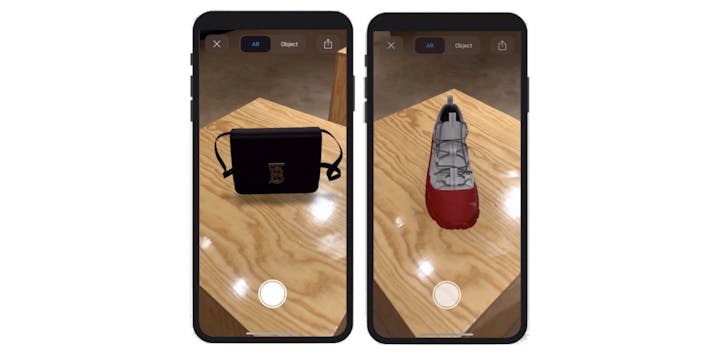
Image Credit: Burberry
Enabling consumers to view products in this way dramatically increases the likelihood of purchase. In fact, Shopify – who have also been integrating AR into their platform – have seen sales grow by up to 250% on sites that provide this option.
At LOVE we’re exploring how storytelling can be introduced to these features, creating a more meaningful and engaging AR experience directly from search.
2. VOLUMETRIC & JADU
Improvements in volumetric technology are allowing us to capture video in three dimensions. This has huge implications for both AR and VR, because it means a performance or event can be captured and replayed in 3D, allowing the viewer to move around and explore it as if they were there.
One example of this in practice is Jadu, a social app that lets users launch pre-recorded performances of artists captured in 3D and place them into the world using AR technology.
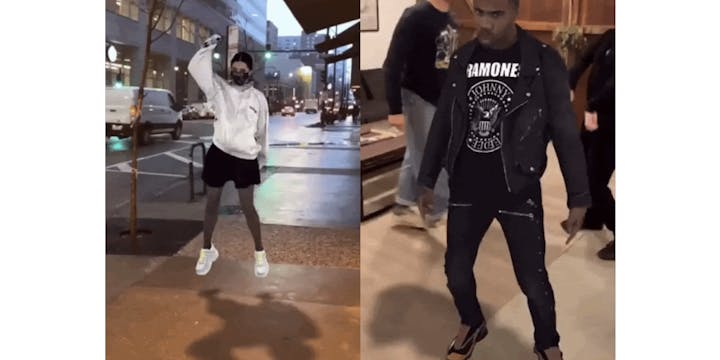
Image Credit: Jadu
Users can create their own recordings of themselves interacting with the performances, which can then be shared across social platforms.
Launch artists include Poppy, Pussy Riot's Nadya Tolokonnikova, Vic Mensa, Palaye Royale and Sir Chloe, with more to follow.
We’re already exploring the possibilities here and can see huge potential for bringing packaging to life or enhancing experiential design.
3. IKEA PLACE IS EVOLVING
You’re probably already familiar with IKEA Place – it’s a useful app that allows you to place IKEA furniture in your home using AR, meaning you can see exactly how it will look and crucially, whether or not it will fit the space.
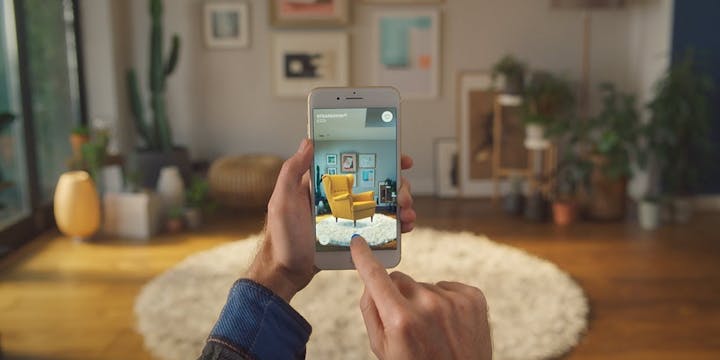
Image Credit: IKEA
One issue was that you could only add furniture to your room as it is, which meant, unless you had an empty room, that things got cramped pretty quickly. Most users therefore stuck to viewing smaller items.

Image Credit: IKEA
Well, this week it was announced that IKEA have acquired an AR startup (Geomagical Labs) in an effort to improve the home shopping experience and drive shoppers to purchase more big-ticket items without needing to visit a store.
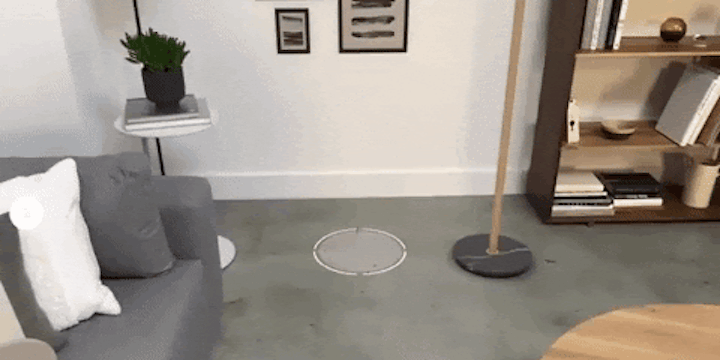
Image Credit: IKEA
Geomagical Labs’ key product allows a user to take a 360-degree photo of their space and then remove items one by one. Combined with IKEA Place, this will let you delete that big old sofa and use AR to drop in a comfy new one, giving you almost everything you need visually to make a purchase decision.
AR already offers so many possibilities for our experiential work, but the growing opportunity to give viewers more options for interaction in ways like this is really exciting.
This post was compiled by LOVE’s Head of Immersive, George Bennett. Want to say hello? Get in touch here - georgebennett@lovecreative.com